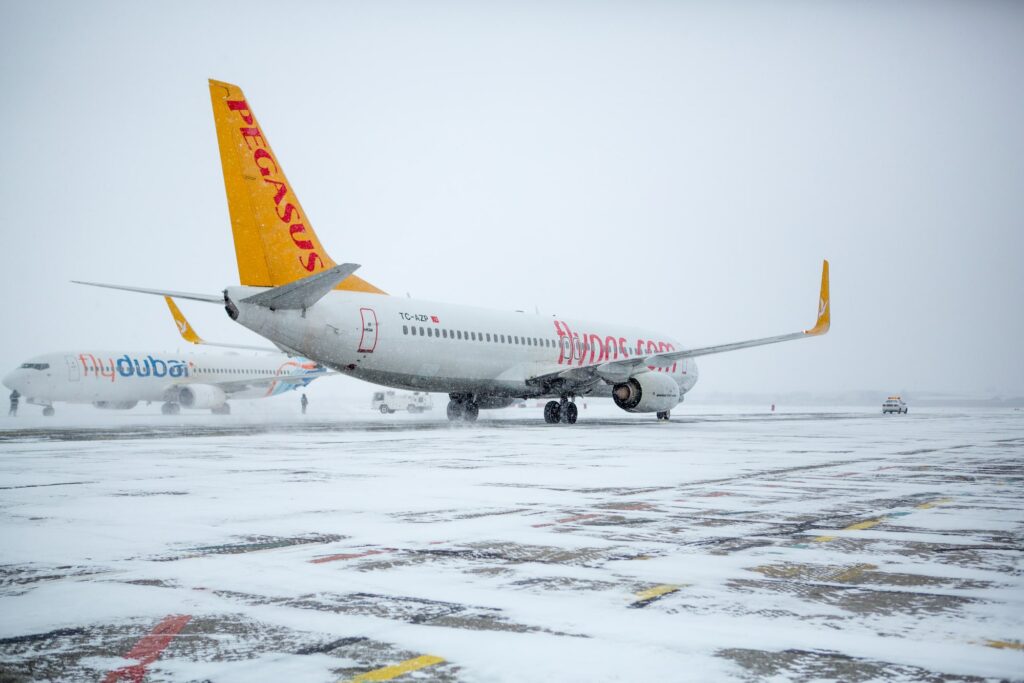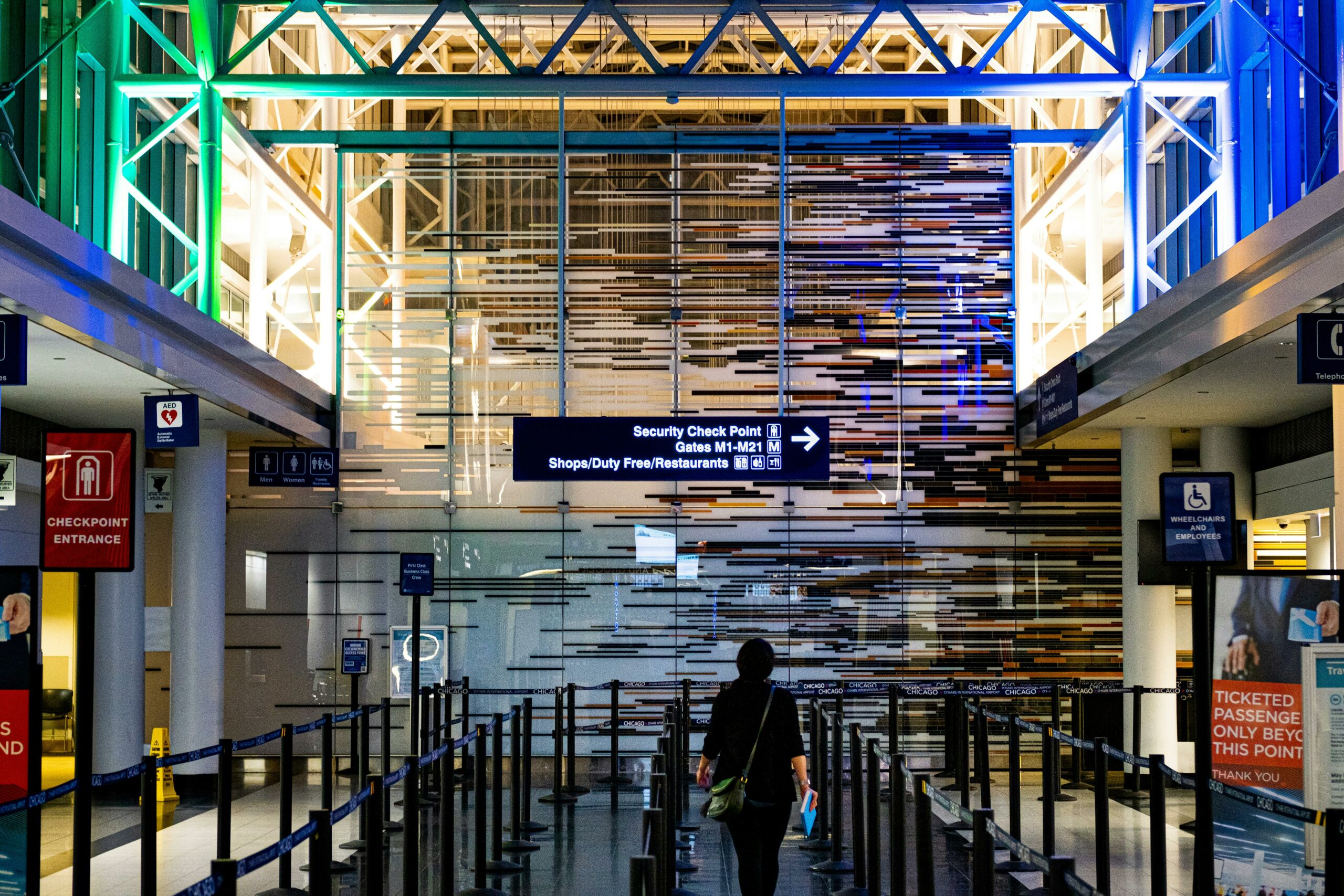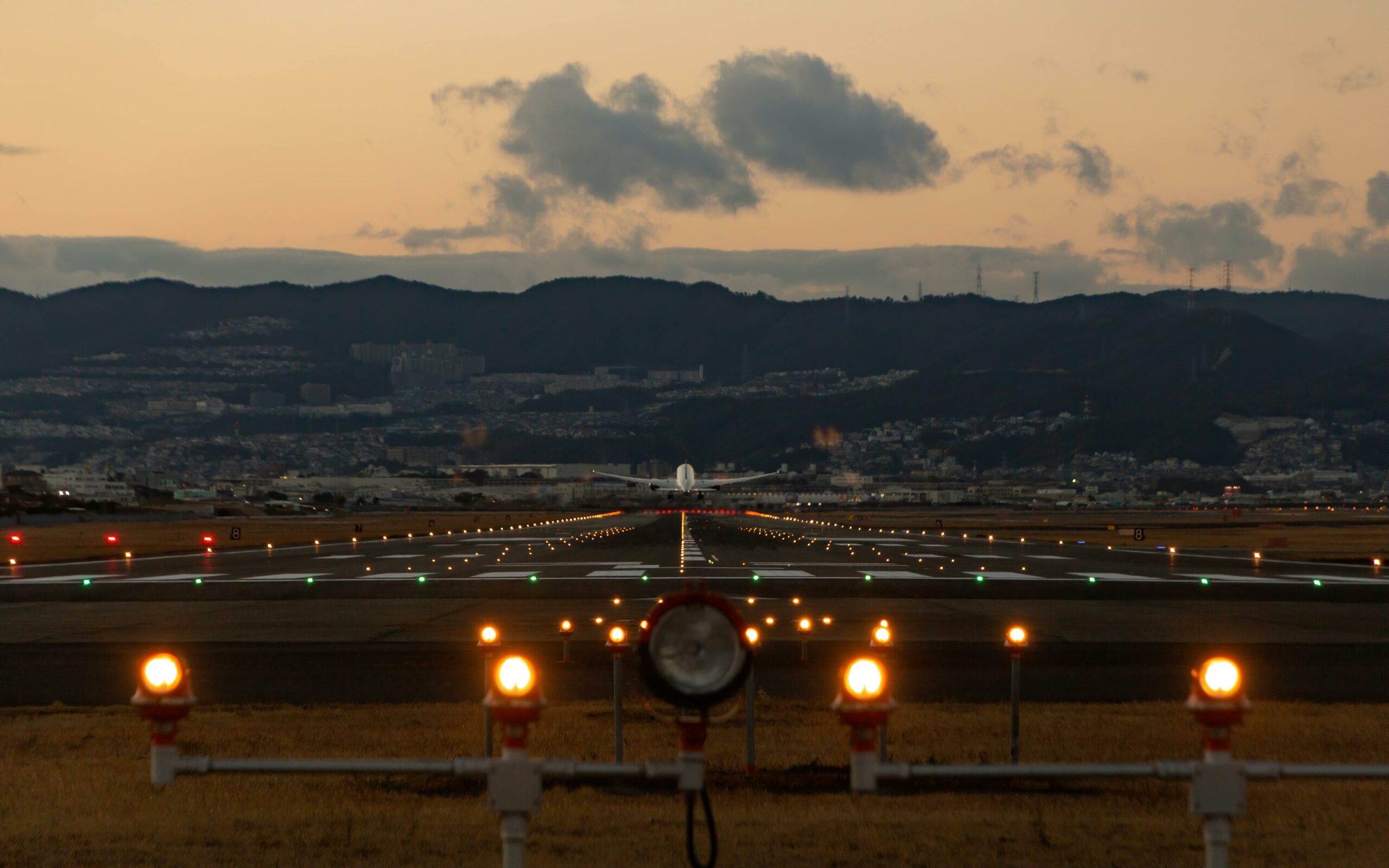Can Planes Fly in Snow? An Authoritative Guide for Winter Travel

Winter weather often raises concerns about flight safety. Snowstorms and icy conditions may lead to questions about aircraft capabilities. However, aircraft are engineered to withstand various weather conditions, including snow. Protocols are in place to ensure safety during your journey.
Pilots’ expertise and technological advancements play significant roles in ensuring flight safety, even in less-than-ideal weather conditions. Air traffic controllers and airport staff collaborate with pilots to ensure runways are clear and visibility is adequate for flying.
The aviation industry is highly regulated, prioritizing safety. While waiting to board your flight during a snowstorm, trust that the professionals are ensuring your journey is secure and comfortable.
Can Planes Fly in Snow?
Concerns about flying in snow are natural. However, modern aviation has developed methods to tackle this challenge. Planes are designed to withstand various weather conditions, including snow. Before takeoff, aircraft undergo a thorough deicing process, which removes ice and snow from the plane’s surface, ensuring a safe and steady flight. Additionally, pilots receive extensive training in adverse weather conditions, making them well-prepared to navigate through snowy skies.
During your flight, multiple systems are in place to ensure your safety. Advanced weather radar provides pilots with real-time information about snow and other hazards. This allows them to adjust the aircraft’s altitude and course as needed. The wings are also equipped with anti-icing systems, keeping them free of ice buildup that could impact their performance.
While heavy snow may cause delays, aviation professionals prioritize your safety above all. Air traffic control meticulously manages airport operations during snowy conditions, adjusting takeoff and landing schedules to maintain safe separations between flights. It’s important to understand that these delays are ultimately in your best interest, as they ensure the highest level of safety.
The Challenges of Flying in Snow
Flying in snowy conditions can be challenging for both pilots and airlines.
Visibility issues can be a major concern when it comes to flying in snow. Heavy snowfall could significantly reduce visibility, making it difficult for pilots to see the runway during take-off and landing. This is further complicated by the possible accumulation of snow on the airplane’s windows, which may obstruct the pilots’ view.
Airport operations are also affected by snowy conditions. The runway needs to be clear and maintained in order for planes to safely take off and land. Snow and ice on the runway can impact the airplane’s ability to gain traction or stop effectively. In such cases, airports often utilize special equipment to clear the runway and apply deicing treatments.
The airplane itself must be prepared for snowy weather as well. Snow or ice build-up on the wings, tail, and other parts of the plane can cause changes in its aerodynamic properties, affecting its performance during take-off and landing. To prevent this, airplanes go through a deicing process before take-off, which consists of spraying heated antifreeze on the aircraft’s surfaces to melt and remove any accumulated snow or ice.
Due to these challenges and more, airlines may experience flight delays or have to cancel flights during snowstorms. It’s essential to stay updated on your flight’s status and check with your airline for any changes in their scheduling. Keep in mind that while some smaller planes may face difficulties in winter weather, most commercial planes can fly safely in snowy conditions as long as proper precautions are taken and the weather is within operational limits.
The Science of De-Icing
De-icing is a crucial process that ensures your flight takes off safely, even in snowy or icy conditions.
When winter strikes, and airports experience snowy weather or freezing temperatures, flight delays can occur. One of the primary reasons for these delays is the necessity to de-ice the surfaces of the aircraft. This might seem like an inconvenience, but it’s an essential safety measure for flights operating in poor weather conditions.
Planes can and do fly in light snow, but it’s important to manage snow and ice accumulation on the aircraft. That’s where de-icing and anti-ice techniques come into play. De-icing involves the removal of ice and snow from the plane’s surfaces, while anti-ice prevents the buildup of ice in the first place. A thorough deicing process helps the plane take off safely, even during snowfall.
The importance of de-icing cannot be overstated, as the presence of ice or snow on the wings and other critical surfaces can significantly impact the plane’s aerodynamics. This could result in an increased risk during takeoff and other flight maneuvers. Thankfully, pilots are trained to handle such situations, and airports have established snow management protocols in place.
It’s worth noting that in the event of flight cancellations due to bad weather, airlines may be required to compensate passengers, sometimes up to €600 per person. However, a slight delay for deicing is a small price to pay for safety.
The Impact of Cold Weather on Airplanes
Firstly, visibility is a crucial factor for pilots when navigating through the skies, especially during take-off and landing. Snowy conditions can reduce visibility, making it more challenging for pilots. Modern airplanes, however, are equipped with advanced instrumentation to help them navigate through low visibility conditions.
Cold weather also brings about the risk of ice forming on the aircraft’s surfaces. As ice forms, it can disrupt the plane’s ability to generate lift, affecting its performance. This is why de-icing procedures are essential before taking off in such conditions. The process involves spraying chemicals on the airplane to remove ice and prevent it from forming during the flight.
Airports might experience delays during snowstorms due to a combination of factors. High winds, low visibility, and the amount of snowfall can impact airport operations, affecting ground crews, air traffic control, and other essential functions. Airlines will often adjust their schedules accordingly to ensure the safety of their passengers and the aircraft.
While it’s true that airplanes are designed to manage cold weather and snowy conditions, de-icing adds extra time to the pre-flight process. This might cause you to experience delays, so it’s essential to stay updated on your flight status in case of any changes.
Moreover, high winds are a significant concern during winter storms. They can impact the plane’s ability to maintain a stable flight path and cause turbulence, which might make you feel uncomfortable. Rest assured that pilots are well-trained to handle these situations.
FAQs About Flying in Snow
Will My Flight Be Canceled If It Snows?
When it comes to flying in snow, flight cancellations are a possibility. Although airlines try their best to avoid cancellations, sometimes heavy snow and high winds make it impossible from a safety standpoint. Flight delays and cancellations can happen, especially in a snowstorm. However, the decision to cancel flights due to the snow depends on the airport and airline involved. Rest assured that your safety is always the main priority.
Is It Dangerous to Fly in the Winter?
Flying in winter is generally safe, but it can be more challenging due to weather conditions. It is important to understand that airlines and airports are well-prepared for winter weather. Airports have snow-clearing equipment and airlines have de-icing procedures in place to ensure safe travel. The danger of flying through heavy snow is typically very low, as modern aircraft are equipped with advanced technology to handle various weather conditions.
Can Planes Fly in Freezing Weather?
Yes, planes can fly in freezing weather. Aircraft are designed to endure extreme cold and icy conditions. Before takeoff, planes go through a de-icing process to remove any ice or snow that may have accumulated. Freezing temperatures alone are not usually a reason for flight cancellations, as long as the planes are prepared properly and the weather conditions allow for safe flying.
Can Planes Fly in the Rain?
Planes can indeed fly in the rain, and they do so quite frequently. In fact, rain is less likely to cause flight cancellations than snow or high winds. Thanks to sophisticated radar technology, pilots can navigate through heavy rain, monitoring weather conditions and adjusting their flight paths to ensure a safe journey. While rain might delay your flight, it’s unlikely to be the sole reason for a cancellation.
Remember, airlines and airports are well-aware of the challenges that come with flying in winter, and they work hard to ensure your safety and minimize delays. As a frequent flyer, it’s essential to stay informed of the weather conditions and be prepared for any changes to your travel plans during the snowy season.

